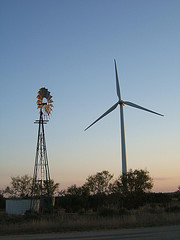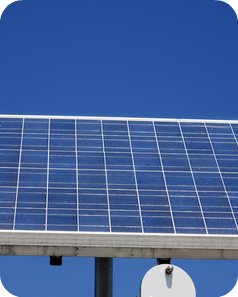Feed-In-Tariffs Encourages Renewable Energy Development
Feed-in-Tariffs are guarantees of fixed long-term contracts, and of easy access to the grid for producers of renewable energy. Homes, farms, and businesses, can all become clean energy generators with the use of technologies such as solar, wind, hydro, biomass, and geothermal.
Governments know that they are good encouragement for renewable energy technology development. With long-term contracts and premium prices paid to energy producers by the utility, stability is created, and manufacturers and installers are encouraged to make long-term investments, which in turn will help bring costs down.
Feed-In-Tariffs(FIT)
The program (FIT) is very successful around the world especially in Europe, with policies that increase development in a number of different technology types, covering large geographic areas, and also contributing to job creation and clean energy innovations in many different technology subdivisions.

Germany is considered the most successful country with having changed rapidly to renewable energy systems through Feed-in-Tariffs, and by also having generated 15 percent of its electricity from renewable sources, and by giving employment to 300,000 people in the renewable energy sector.
Ontario Canada was one of North Americas first understandable program, by having guaranteeing pricing plans for renewable power production, and offering fixed prices and long-term contracts.
The (FIT) program's goal is for the improvement of air quality, the reduction of greenhouse gas emissions, and the phasing out of coal-powered electricity. Divided into two streams, one program is available for renewable projects of greater than 10 Kilowatts, and up to 500 Kilowatts.
The micro-FIT program is an energy project of 10 Kilowatts, or less. This means guaranteed prices paid for all electricity produced for 20 years (40 years for hydroelectricity projects), for both the FIT program, and the micro-FIT program.
Homeowners, communities, business owners, and private developers generating renewable energy, all qualify for the program with all new projects prices being looked into regularly, and reduced to reflect lowering costs.
In the United States of America, Feed-in-Tariffs programs are based on 15-20 years contracts with prices based above retail, also having a tariff decrease which reduces earnings over time, and with every KWH you produce you will get paid for it.

(FIT) Program and Net Metering Difference
Feed-in--Tariffs require two power meters to measure the outflow of electricity from the power generators, by independently allowing power consumption and generation to be priced separately.
The difference in the (FIT) program and the Net Metering one, is that they differ in one key aspect. In the Net Metering system, a renewal energy customer is paid retail rate for any power he feeds back to the grid, while in the (FIT) program, the electricity generated by the utility customer's system is rewarded at a rate established by the (FIT) program instead of the retail electricity rate.
With the (FIT) program the power generation is treated separately from the customers own electricity use, which is billed at the grid's regular retail rates. Also prior arrangements and notifications are required, not like Net Metering which does not need any.
More Info see net metering and alternative energies
Also energy-incentives


